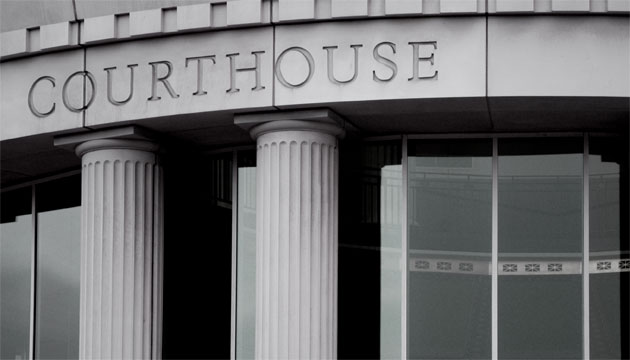
Small businesses that do work as part of a larger project with multiple players can get dragged into litigation over an issue they had nothing to do with. Yet, simply extricating yourself from such litigation can be ruinous.
William is an architect who designed a home for a very, very high net worth individual on the West Coast. His part of the project went extremely well, but one of the subcontractors failed to follow his instructions with regard to roofing materials for the home. As a result, the roof leaked – a lot – and the homeowner sued everyone associated with the project.
Had I been sued four months later, I would have been covered…
Everyone but William was insured against such a suit by error and omissions (E&O) insurance. William thought it was too expensive and had decided not to purchase the coverage. The other defendants chose to settle to avoid the costs of lengthy litigation. William was forced to go along, and the settlement essentially put him out of business. Today, he is a strong advocate for insurance coverage.
Errors and omissions insurance protects a company or individual in cases like William’s, where a client holds you responsible for a service you provided, or allegedly provided, that failed to produce the expected or promised results. There are various terms for this coverage, depending upon one’s occupation (malpractice for medical professionals, professional liability for attorneys/accountants/architects). Whatever it may be called, it protects the insured party from errors or omissions claimed by a client.
Insurance experts report that many small business owners are reluctant to purchase E&O coverage because it can be spendy. William actually had such insurance for several years. He went through a rough spell with his business and let it lapse. He re-upped coverage eventually, but didn’t have it when the suit was filed. “Had I been sued four months later, I would have been covered,” he says. As William discovered, it would have kept his business alive.
Typically, E&O policies cover judgments, settlements and defense costs. Even if, as in William’s case, the allegations are groundless, you can go broke settling or defending the lawsuit. E&O coverage protects your business against another party’s mistake.
The instance of the leaking roof is typical of such cases. The client simply has his or her attorney sue everyone involved with the project, under the theory that they’ll probably settle to avoid lengthy and costly litigation.
“As the architect, I advised the contractors to use a certain roofing system, and even advised against the one they eventually chose,” William says. “I had it in writing, so I thought I was covered. Sometimes being right just doesn’t matter.”
Lesson learned: If you want to run your own show and your show involves working with other service providers, don’t let a line item like insurance coverage destroy your dream. “I thought error and omission insurance was expensive until I found out how expensive it was not to have it when I needed it,” William laments.








